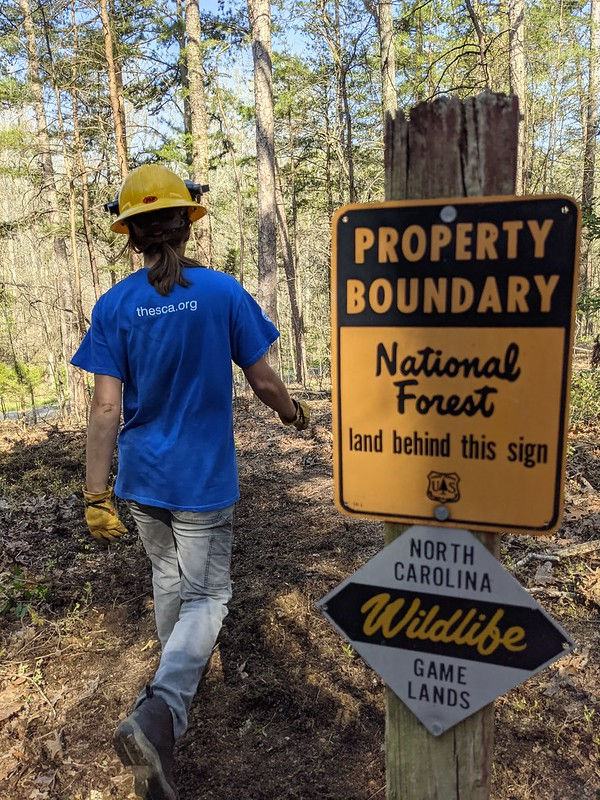Croatan National Forest

Planting in this forest.
In 2020, a significant restoration initiative was undertaken in the Croatan National Forest, focusing on reestablishing native habitats and enhancing species diversity. This project involved planting longleaf and shortleaf pine seedlings across 345 acres within the Croatan and Tusquitee Ranger Districts, totaling 169,100 trees. The primary objectives were to restore native ecosystems, increase biodiversity, and improve habitat quality for various wildlife species.
The selection of longleaf and shortleaf pines was deliberate, given their historical prevalence in the region and their ecological importance. Longleaf pine ecosystems, in particular, are known for their rich biodiversity and support for numerous plant and animal species. The reintroduction of these native pines aimed to restore the natural forest structure and function, providing essential resources for wildlife and promoting ecological balance.
In addition to enhancing biodiversity, the project addressed areas affected by southern pine beetle outbreaks. By planting shortleaf pines in these regions, the initiative sought to reestablish forest cover and reduce the susceptibility of these areas to future pest infestations. This approach not only restored the visual landscape but also improved the resilience of the forest ecosystem against environmental stressors.
The planting process involved careful site preparation, including the removal of invasive species and the use of prescribed burning to create optimal conditions for seedling establishment. Following planting, ongoing maintenance activities, such as monitoring seedling survival and implementing additional controlled burns, were conducted to ensure the long-term success of the restoration efforts.
This 2020 project built upon previous restoration activities within the Croatan National Forest. Earlier efforts included habitat improvement projects and the implementation of sustainable forest management practices aimed at enhancing ecosystem health and resilience. Collectively, these initiatives have contributed to the recovery of native plant communities and the return of wildlife populations to restored areas.
The longleaf and shortleaf pine restoration initiative in the Croatan National Forest began in 2020, aiming to plant approximately 170,000 trees over a 5 to 7-year period. In the initial phase, 169,100 seedlings were planted, achieving a remarkable survival rate. In the fall of 2021, an additional 900 trees were planted to further support the ecosystem's recovery.




Location
North Carolina, USA
Project Type
Reforestation
Environmental Benefits
Wildlife Habitat Restoration
Enhanced Biodiversity
Soil Stabilization and Erosion Control
Watershed Health Improvement
Climate Resilience and Carbon Sequestration
About this forest
Croatan National Forest, located in eastern North Carolina, spans over 160,000 acres of diverse coastal ecosystems, including pine forests, swamps, and saltwater estuaries. It provides habitat for wildlife such as black bears, red-cockaded woodpeckers, and alligators. Popular for hiking, fishing, and boating, ongoing restoration efforts focus on preserving native habitats and enhancing the forest's resilience to natural disturbances.




